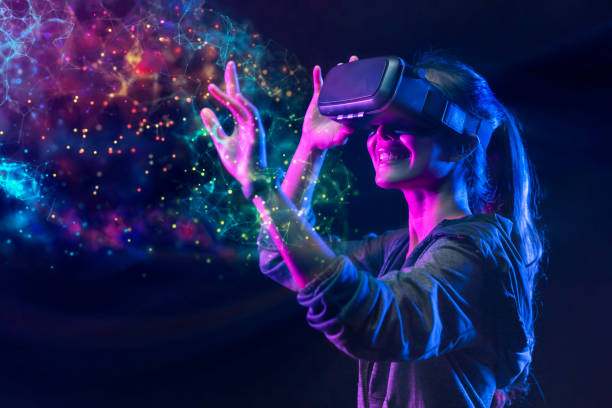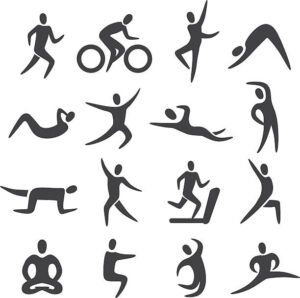Education is experiencing a transformation unlike any in history. From classrooms equipped with smart boards to students attending lectures from thousands of miles away, technology is fundamentally changing how we teach, learn, and connect. Here’s a look at the key ways technology is revolutionizing modern learning and why it matters for students, teachers, and society as a whole.
1. Personalized Learning Through AI
Artificial intelligence is making education more tailored than ever before. AI-powered platforms assess each student’s strengths and weaknesses, then adjust content to match their pace and style. Tools like adaptive quizzes and smart tutors provide instant feedback, allowing learners to master topics before moving on. This personalization keeps students engaged and helps close learning gaps.
2. Breaking Down Geographic Barriers
With online courses, video conferencing, and collaborative platforms, education is no longer confined to physical classrooms. Students can now attend a university across the globe without leaving home. From rural communities accessing quality instruction to professionals earning advanced degrees remotely, technology makes learning more accessible and inclusive.
3. Interactive and Immersive Experiences
Virtual reality (VR) and augmented reality (AR) are bringing lessons to life. Imagine exploring the surface of Mars, dissecting a virtual frog, or walking through ancient Rome — all from a classroom. These immersive experiences make abstract concepts tangible and boost retention.
4. The Rise of EdTech Tools
Learning management systems (LMS) like Moodle and Canvas organize content, track progress, and facilitate communication. Apps for note-taking, flashcards, and time management help students take control of their education. Meanwhile, digital assessments streamline grading for teachers, freeing up time to focus on instruction.
5. Gamification Keeps Students Motivated
Game-based learning elements — such as points, badges, and leaderboards — turn studying into an engaging challenge. Whether it’s mastering math facts or learning a new language, gamification taps into students’ natural love of play, making even difficult subjects more appealing.
6. Better Collaboration and Communication
Tools like Google Workspace, Microsoft Teams, and Slack let students work together in real-time, regardless of location. They can co-author documents, discuss projects, and present findings, mirroring the collaborative environments they’ll encounter in future workplaces.
7. Preparing Students for a Digital World
By integrating technology into everyday learning, students build essential digital literacy skills. They learn to research responsibly, analyze online information, and use tools they’ll rely on in almost every career. This tech fluency is now as critical as reading or math.
8. On-Demand Learning and Lifelong Education
E-learning platforms like Coursera, Udemy, and Khan Academy offer thousands of courses accessible anytime. This empowers people to learn new skills, pivot careers, or simply explore interests at their own pace, supporting a culture of lifelong learning.
9. Enhanced Support Through Data
Teachers can use data analytics to identify which students are struggling and intervene early. Dashboards provide insights into attendance, participation, and mastery, allowing educators to make informed decisions and personalize support.
10. Democratizing Education Worldwide
Perhaps most powerfully, technology is bridging educational divides. Mobile learning brings lessons to remote areas without traditional infrastructure, while open educational resources (OER) provide free textbooks and materials, leveling the playing field for learners everywhere.
Final Thoughts
Technology isn’t just an add-on to traditional education; it’s reshaping its very foundation. By fostering personalized, interactive, and globally connected learning environments, tech is preparing students not just for exams — but for a rapidly evolving world. As technology continues to advance, so too will the exciting possibilities for education.


